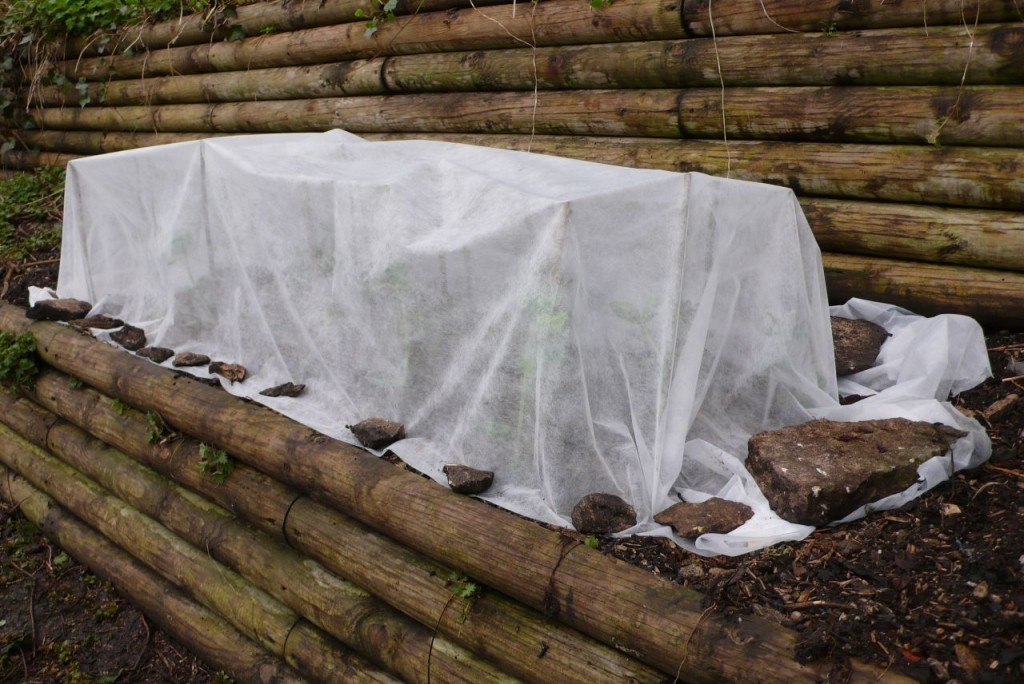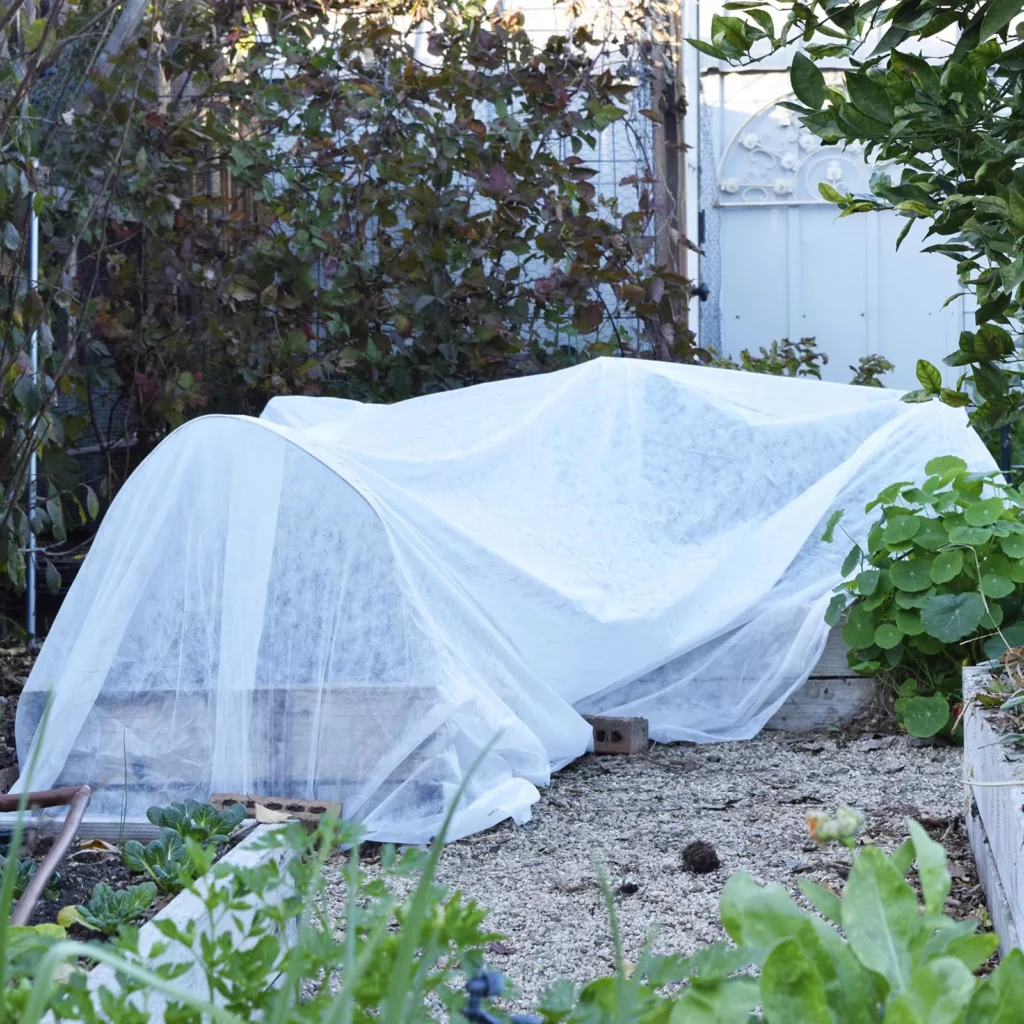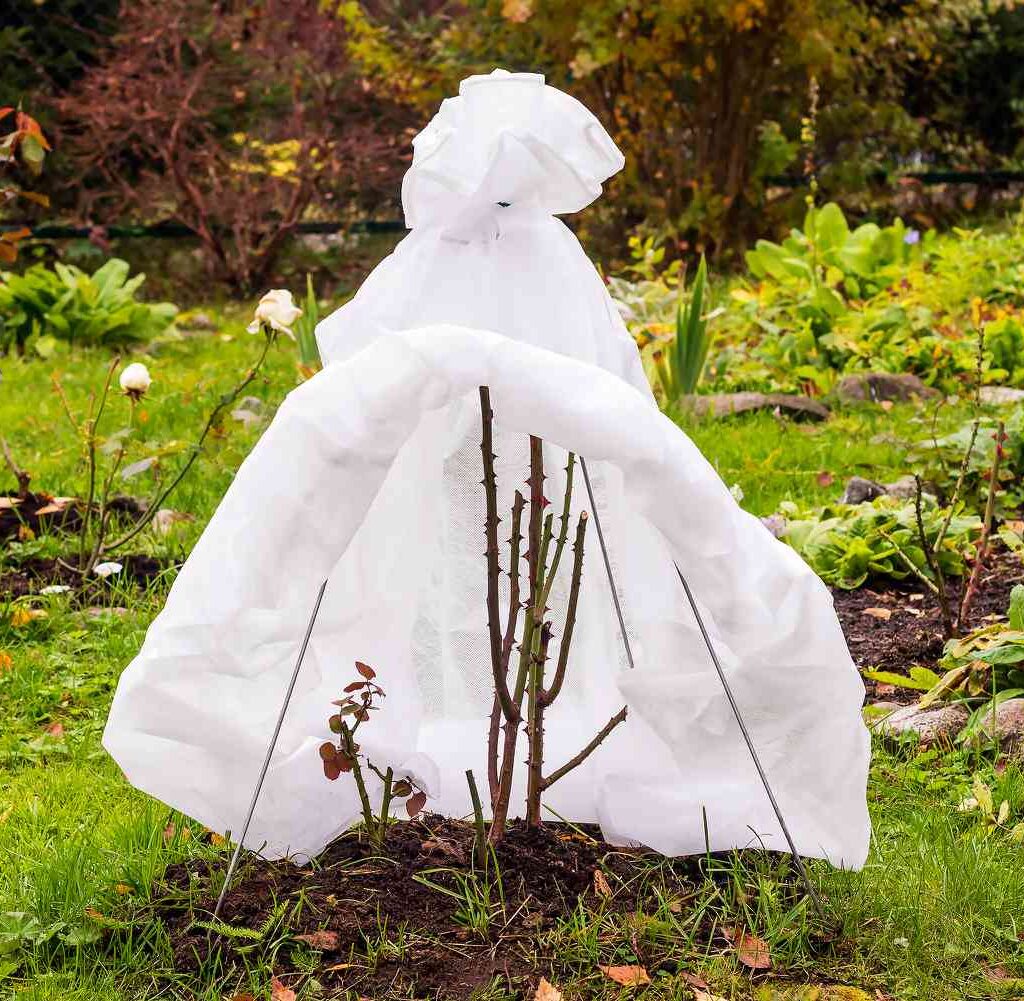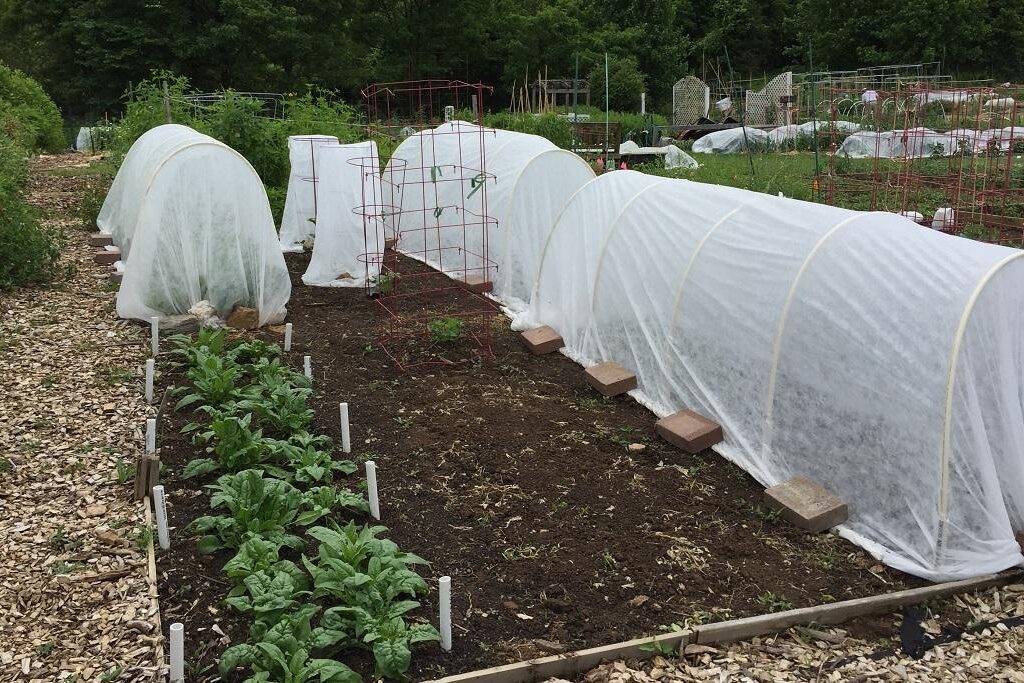Frost can be one of the most damaging threats to your garden, especially for tender plants and crops that are not frost-hardy. When temperatures drop below freezing, the delicate tissues of plants can be harmed or even killed by frost, affecting growth, yield, and sometimes the very survival of your garden. Fortunately, covering plants for frost protection is a simple yet effective way to safeguard them from cold snaps and ensure your greenery stays healthy through chilly weather.
In this article, you’ll learn everything you need to know about how to cover plants for frost protection — from understanding frost risks to selecting materials and methods that work best. Whether you have a few potted plants on your patio or a large vegetable garden, these tips will help you shield your plants from frost damage like a pro.

Why Frost Protection is Important
Frost forms when water vapor in the air freezes on surfaces that have cooled below the freezing point, typically on clear, calm nights. When frost settles on leaves and stems, it causes ice crystals to form inside plant cells, rupturing them and leading to:
- Blackened or wilted leaves
- Stunted or halted growth
- Softened or mushy stems
- Reduced flower and fruit production
- Plant death in severe cases
Sensitive plants like tomatoes, peppers, basil, and many tropical or subtropical varieties are especially vulnerable to frost damage. Even hardy plants can suffer if exposed for prolonged periods.
Using frost covers traps heat radiating from the soil, raises the temperature around the plant, and prevents frost crystals from settling on delicate tissues. This simple protective step can save your plants from winter’s bite and extend your growing season.

Signs Frost Is Likely
Before covering your plants, it’s crucial to identify when frost is imminent:
- Weather forecasts predicting temperatures near or below 32°F (0°C) overnight
- Clear, calm nights (clouds trap heat; wind can reduce frost formation)
- Visible dew in the evening that freezes overnight
If you expect frost, prepare your plants in the late afternoon or early evening before temperatures drop.

Choosing the Right Material for Frost Covers
The effectiveness of frost protection depends heavily on the material used to cover your plants. Here are the most common options:
1. Frost Cloth or Garden Fabric (Floating Row Covers)
- Lightweight, breathable fabric specifically designed for frost protection.
- Allows light, air, and water to penetrate, preventing suffocation.
- Provides protection down to about 28°F (-2°C).
- Reusable and easy to handle.
- Ideal for vegetable gardens, flower beds, and delicate plants.
2. Old Bedsheets, Blankets, or Towels
- Widely available and affordable alternatives.
- Should be lightweight to avoid crushing plants.
- Best used for mild frost events.
- Remove during the day to allow sunlight in.
- Avoid plastic sheets directly on plants as they trap moisture and can freeze, damaging foliage.
3. Plastic Sheeting (With Caution)
- Plastic can provide excellent frost protection if used correctly.
- Must be supported with stakes or hoops to avoid contact with leaves.
- Do not let plastic touch plant foliage as condensation can freeze and burn leaves.
- Remove during the day to prevent overheating.
- Best for short-term protection or for covering raised beds.
4. Burlap or Straw
- Natural materials like burlap bags or straw can insulate plants well.
- Great for shrubs, trees, and larger plants.
- Provides some protection but may not be sufficient in severe freezes.
- Use as a layer beneath other covers for extra insulation.

How to Cover Plants for Frost Protection: Step-by-Step
Step 1: Water Your Plants in the Afternoon
Watering plants before a frost event can raise soil temperature and increase humidity around the roots, helping them withstand cold better. Moist soil retains heat longer than dry soil, offering natural insulation.
Step 2: Choose and Prepare Your Covering Material
Select the appropriate cover based on your plant type, frost severity, and what you have available. Cut the material to sizes large enough to fully cover the plants and extend to the ground.
Step 3: Cover Plants Before Sunset
Put covers over plants before temperatures start to drop in the evening. Doing this early traps heat radiating from the ground and keeps frost from settling.
Step 4: Secure the Covers
- Anchor the edges of the cover with rocks, bricks, soil, or stakes to prevent wind from blowing it away.
- For row covers, use hoops or wire frames to create a tunnel over plants, keeping fabric off the leaves.
- Avoid piling covers directly on plants unless they are sturdy enough to support the weight.
Step 5: Remove Covers at Sunrise
Once the frost risk has passed and temperatures start to rise, remove the covers during the day to let sunlight and air reach the plants. Prolonged covering can cause overheating, mold, or mildew buildup.
Special Considerations for Different Plant Types
Potted Plants
- Potted plants are more vulnerable because their roots are above ground and exposed to cold air.
- Move pots indoors or to sheltered areas if possible.
- Use frost cloth or wrap pots with insulating materials like bubble wrap or burlap.
- Cover plants with fabric or bring smaller ones indoors overnight.
Seedlings and Young Plants
- Seedlings have tender tissues and require extra care.
- Use lightweight frost cloths or garden fabric supported by small hoops.
- Avoid heavy materials that can crush seedlings.
Trees and Shrubs
- Wrap trunks with burlap or special tree wraps to protect from frost cracks.
- Use straw or mulch around the base to insulate roots.
- Cover smaller shrubs with fabric or burlap tents.
Tips to Maximize Frost Protection Success
- Avoid metal stakes or wires in direct contact with plants—they conduct cold and can cause damage.
- Double layering: For extreme frost, layer a frost cloth over a plastic sheet with space between for air insulation.
- Use heat sources carefully: Outdoor-safe Christmas lights (non-LED) can provide gentle warmth under covers.
- Group plants together: Clustering plants creates a microclimate and shares heat.
- Mulch around plants: A thick mulch layer helps keep soil warm and protects roots.
- Check frequently: Monitor weather reports and inspect covers nightly during cold snaps.
What Not to Do When Covering Plants
- Do not use plastic sheets directly on plants: This can trap moisture and cause freezing damage.
- Do not cover plants too late: Covering after frost forms will not help and may trap ice on leaves.
- Avoid heavy or abrasive fabrics: These can break stems or leaves.
- Do not leave covers on during sunny days: Heat buildup can cause leaf burn and stress.
Conclusion
Protecting your plants from frost doesn’t have to be complicated or expensive. With the right materials and timing, you can cover your plants effectively to prevent frost damage and keep your garden flourishing through cold weather. By watering, covering early, securing your covers well, and removing them promptly, you create a safe microenvironment that buffers your plants from the harsh effects of freezing temperatures.
Remember, different plants require different levels of protection, so tailor your frost protection strategy accordingly. Whether you’re shielding tender tomatoes, delicate flowers, or potted houseplants, the right cover will make all the difference between a thriving garden and a frost-damaged loss.
Start planning your frost protection now, and enjoy a healthy, vibrant garden all year round!





Leave A Comment